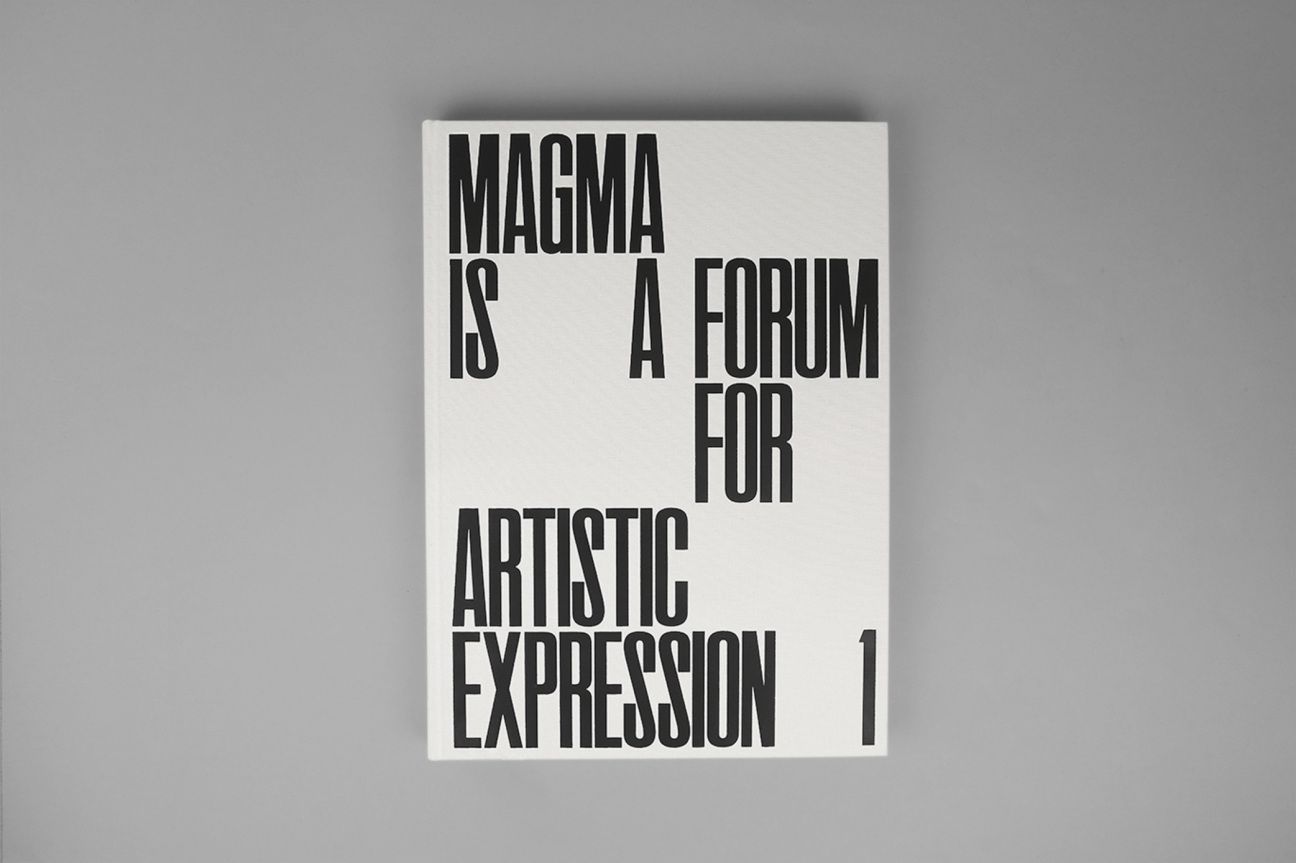
Magma, a new publication created with support from Bottega Veneta, adopts the artistic and intellectual essence of 20th century revues d'art, a time when boozy, smoke-filled salons and cafés were the go-to destinations for stimulating cultural dialogue between avant-garde artists and critics.
The magazine opens a new chapter for the fashion house, which is now dipping its toes in the world of publishing with the help of Paul Olivennes, who has assumed the role of editor-in-chief and creative director. He found inspiration in art journals early on in his own career as a publisher, and thus set out to create an almanac that would reinvigorate the link between the artistic and literary worlds.
"At a time when artists' and writers' freedom of expression is increasingly restricted by formats and media, we wanted them to be able to use Magma as freely and as intimately as possible," he wrote on Instagram, "and for readers, in turn, to enjoy an unmediated experience of art and writing."
The inaugural edition of Magma features 18 artists and more than 80 works of art and literary texts, all previously unpublished or created specifically for the issue. Art Directors Helena Kadji and Rocío Ortiz of Faye and Gina curated a diverse selection of pieces—some stand-out works include Luigi Ghirri’s photographs accompanied by writing from novelist Erri de Luca, as well as collages from Norwegian-Nigerian artist Frida Orupabo and previously unpublished letters written by René Char.
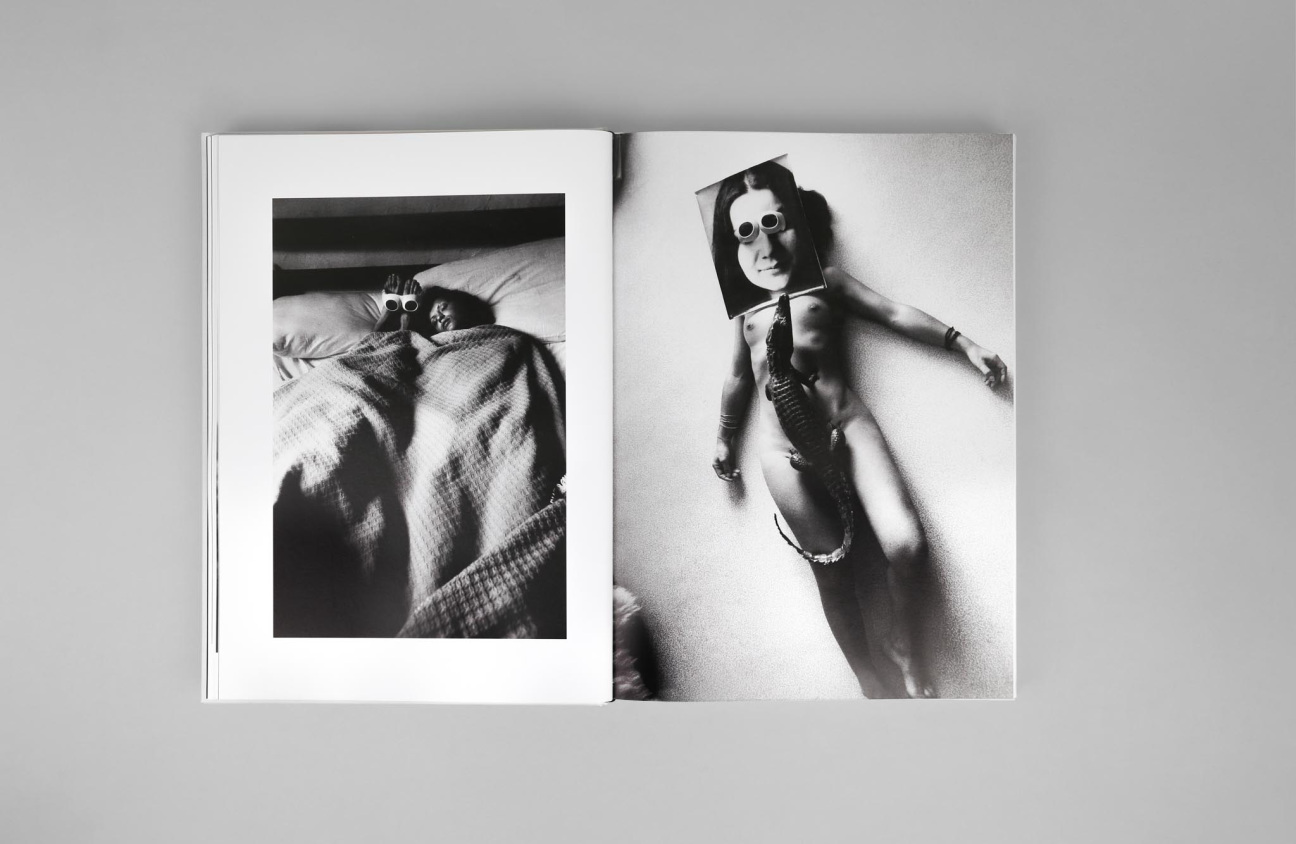
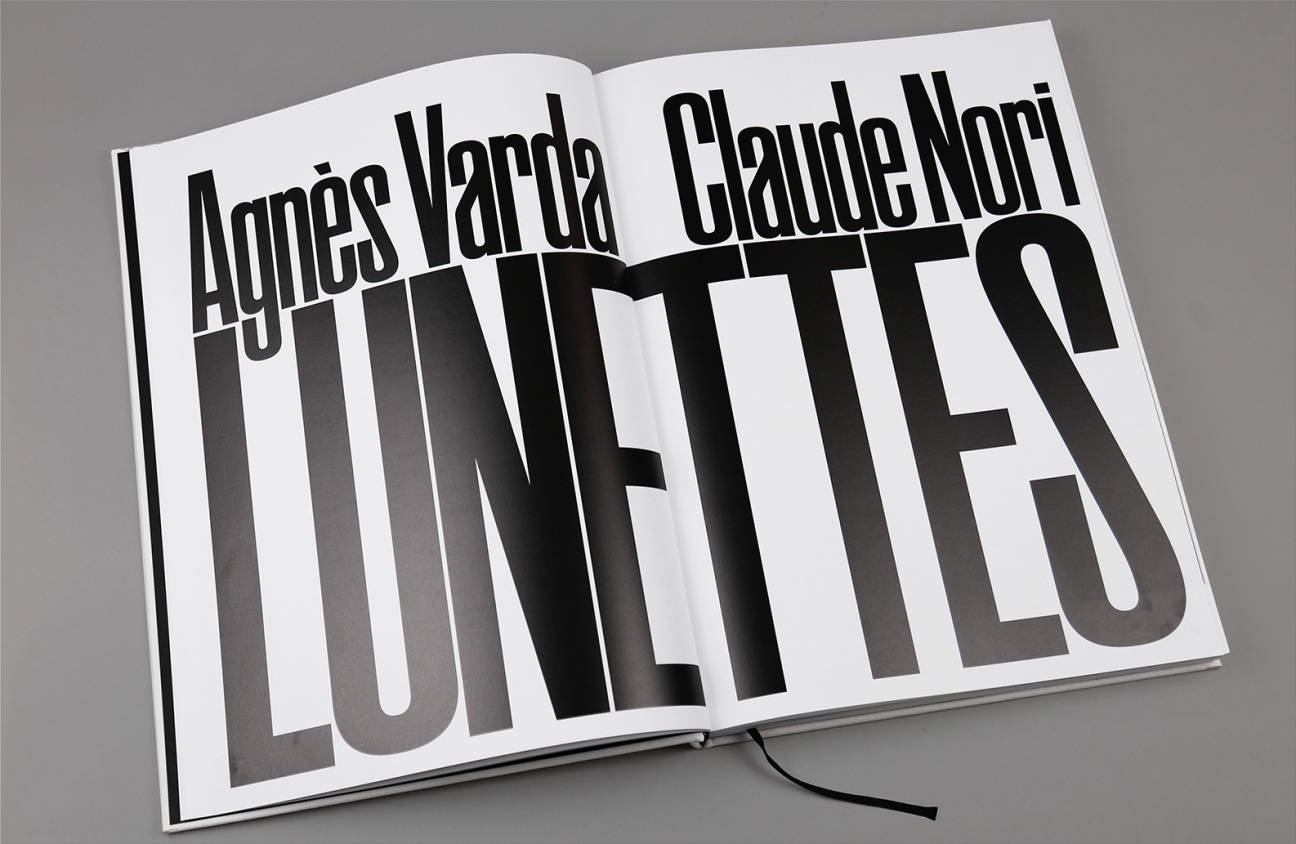
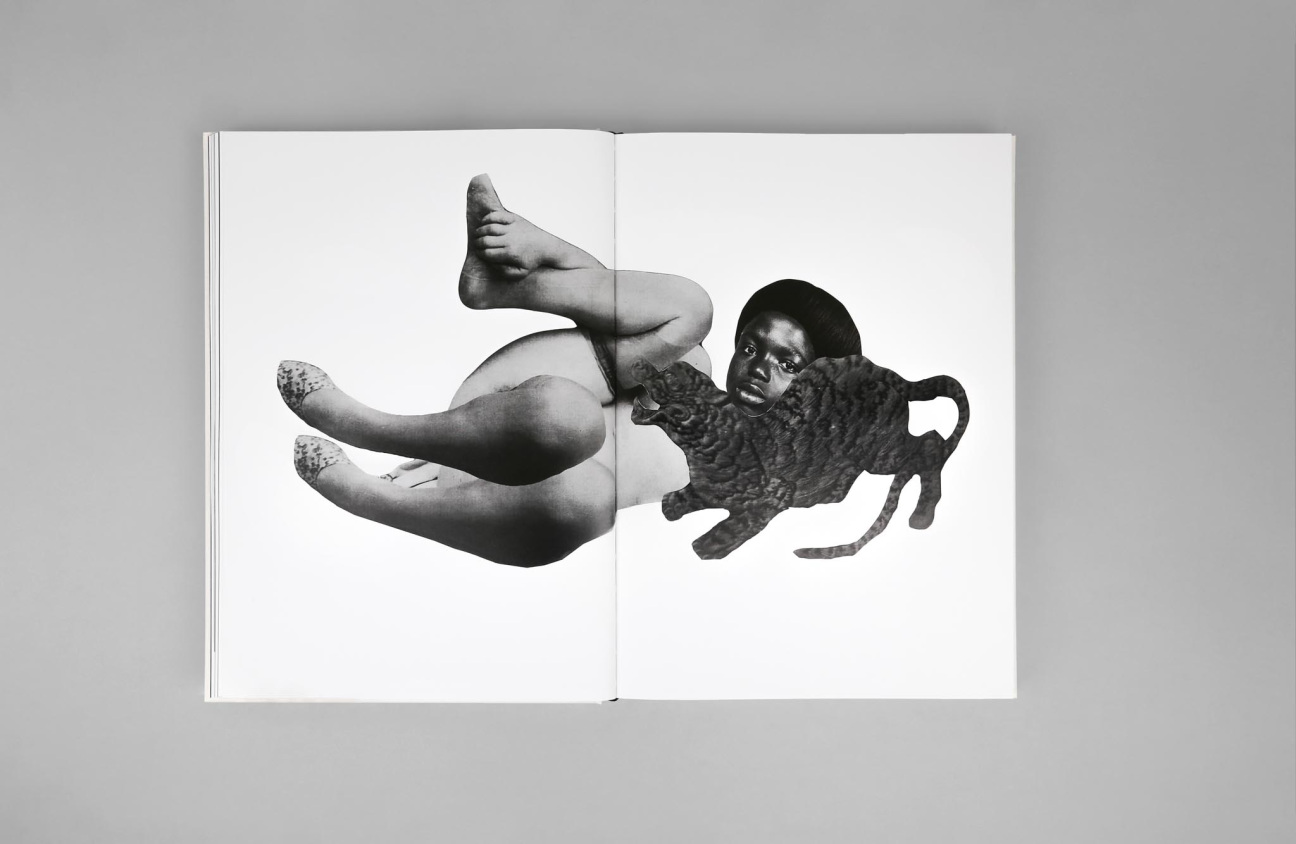

Swiss curator and Serpentine Galleries Artistic Director Hans Ulrich Obrist, who wrote Magma's preface, explained that “Magma brings worlds into contact with other worlds.” The magazine aims to tell a broader story through its curation and flow, harkening back to a pre-digital age in which creative pursuits were given more than 140 characters of consideration. In this space, art and literature act as companions as well as constructive critics of each other. In a statement, Olivennes described the experience as, “a dive into the intimacy, the creative magma, of the art.”
Though it is produced by an Italian fashion house, the issue has been printed in French and English. The inaugural edition of the henceforth annual publication has a hard cloth cover and retails for 60 euros, now available in a 2000 copy, limited-edition run.

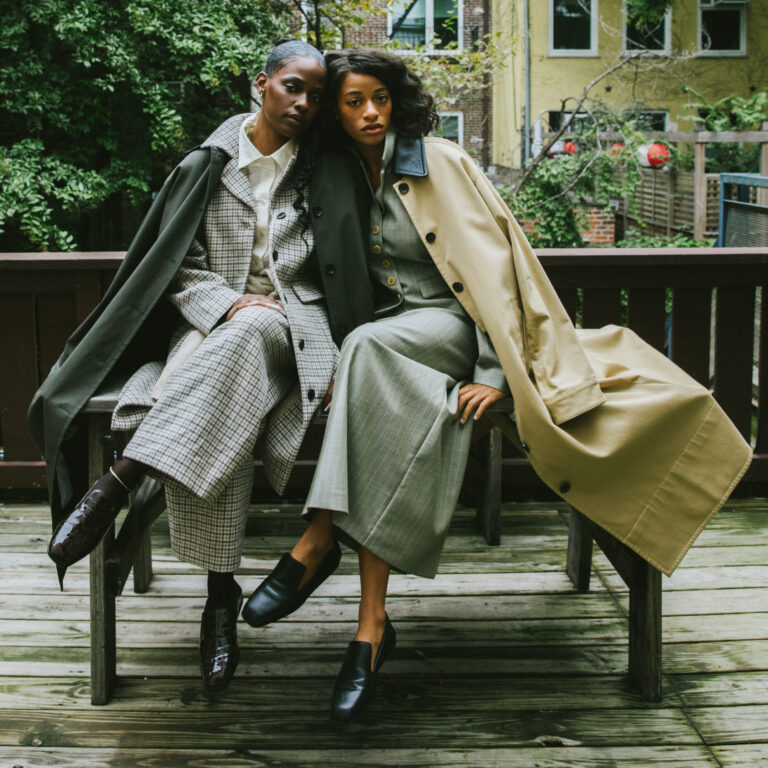
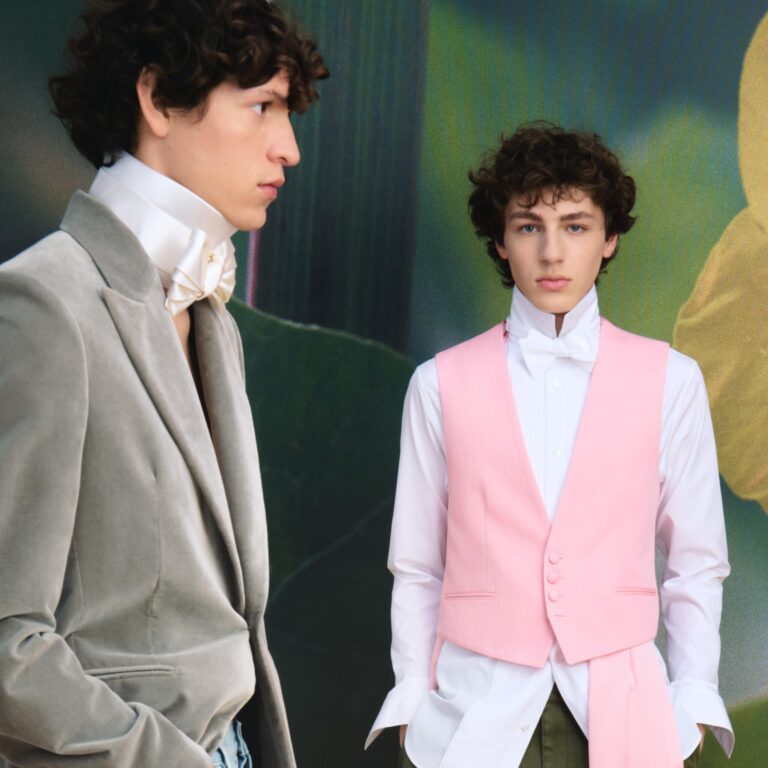

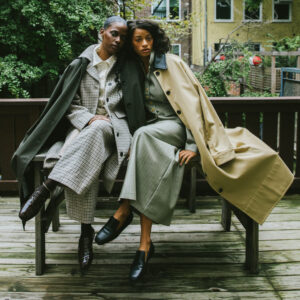
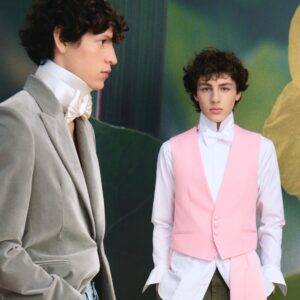




 in your life?
in your life?

